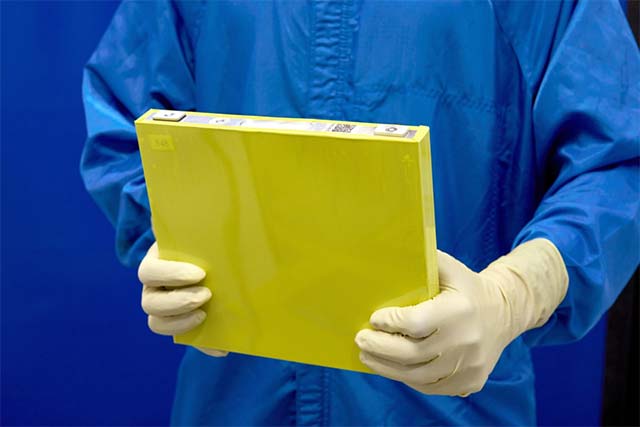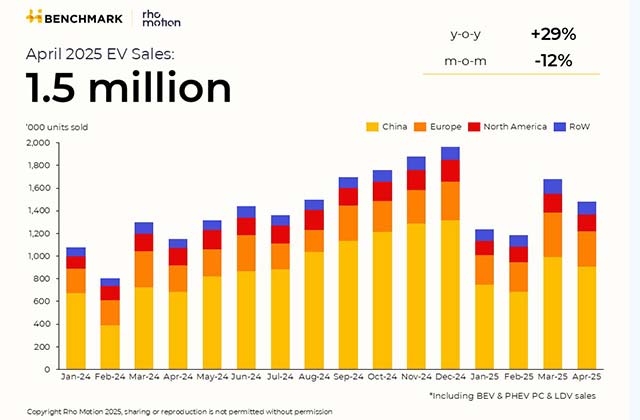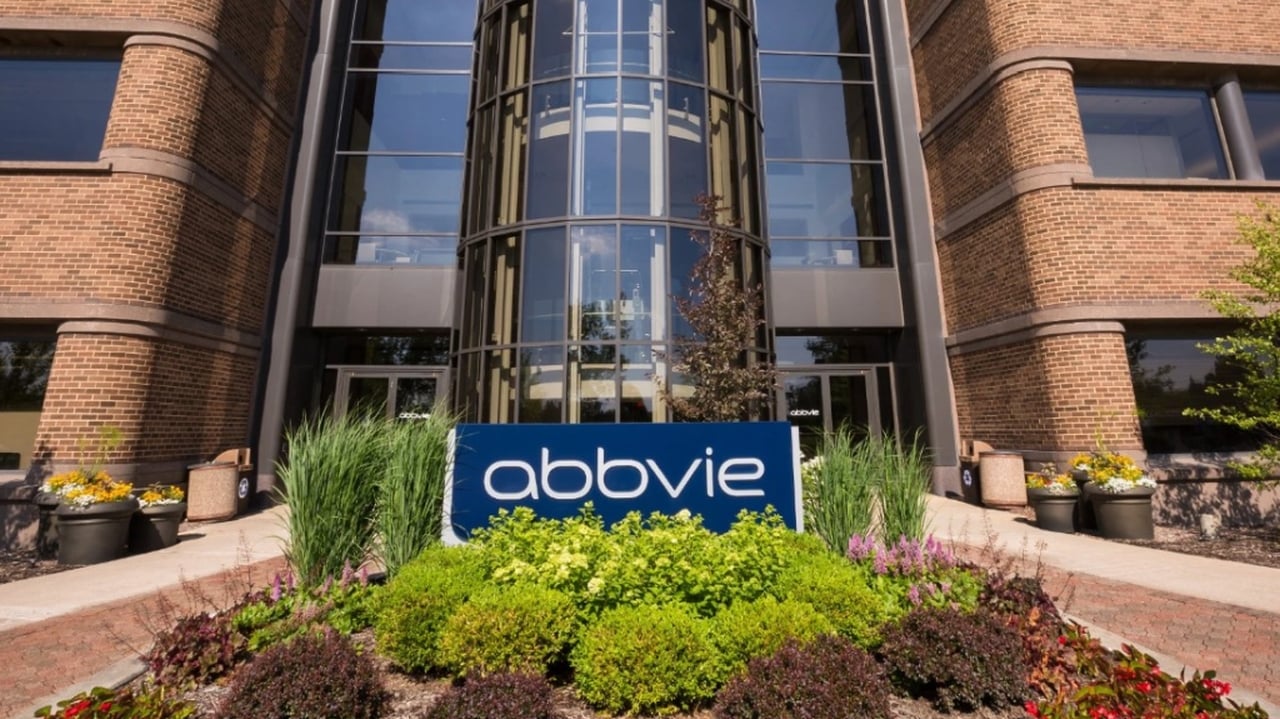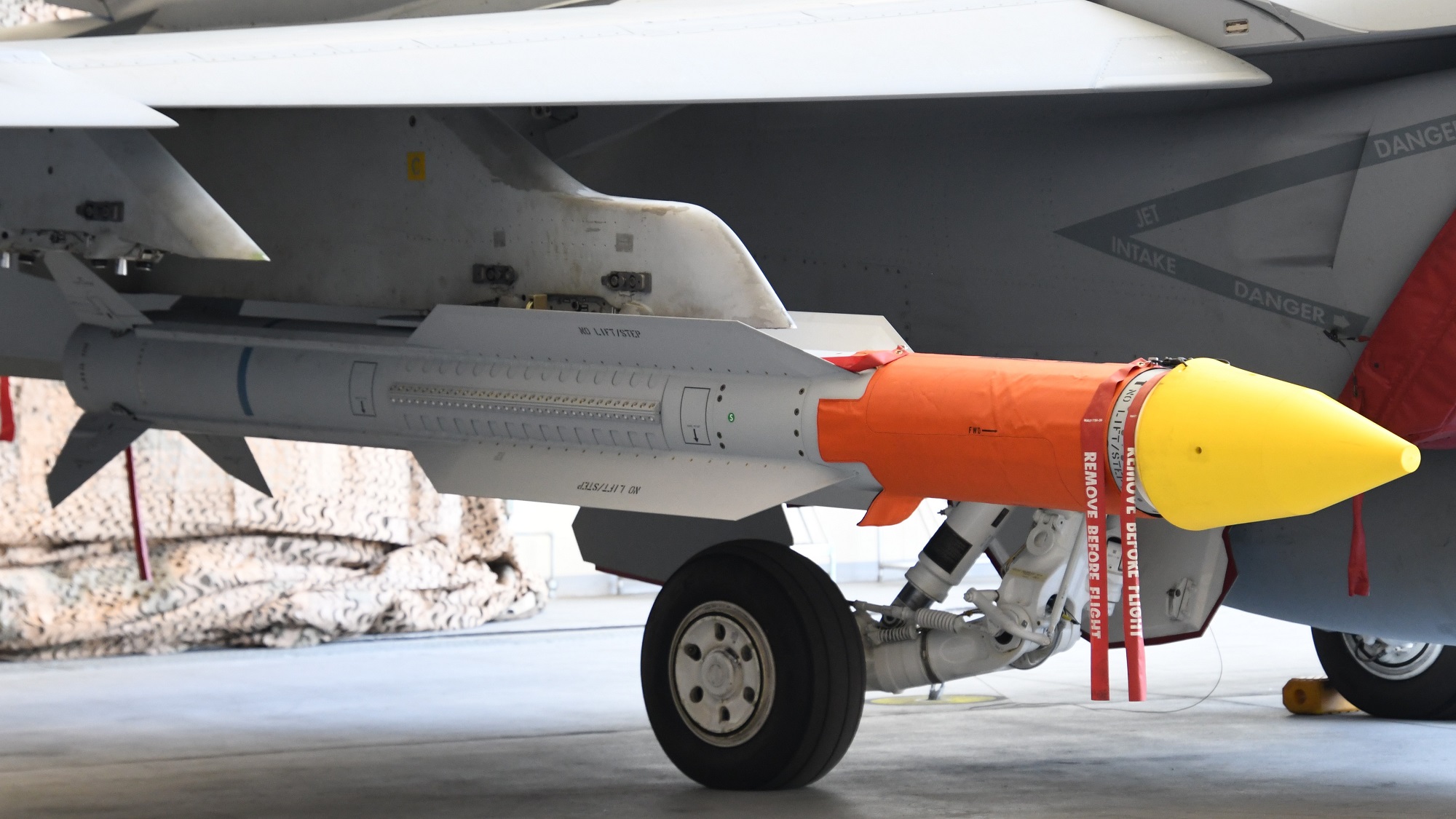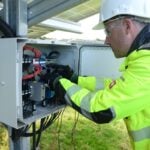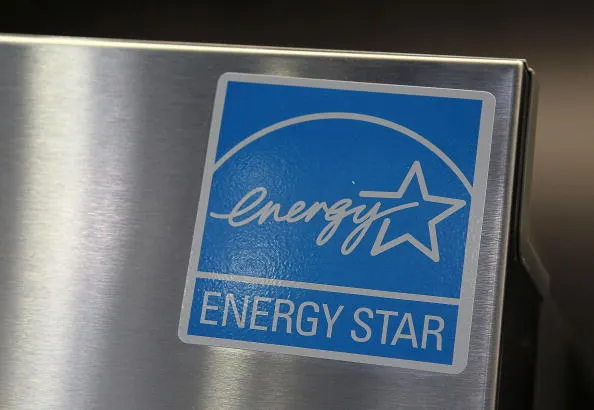Exploring Hybrid Electrolytes for Zn Metal Batteries
Advanced Energy Materials, EarlyView.

The recent advance in the design of hybrid electrolytes for Zn metal batteries is comprehensively reviewed, covering their fundamental properties and classification. Moreover, the chemical strategies for the optimization of battery performances are systematically discussed. Finally, technical challenges and future direction for practical applications and commercialization are addressed.
Abstract
Aqueous zinc metal batteries (AZBs) have emerged as promising alternatives to lithium-based energy storage systems owing to their low cost, intrinsic safety, and abundant elemental resources. However, their commercial viability has been severely restricted by critical challenges such as dendrite growth, chemical corrosion, hydrogen evolution reaction, poor temperature adaptability, and cathode dissolution. To address these issues, hybrid electrolyte strategies have been extensively explored, as they can stabilize the Zn metal anode, cathode, and electrode/electrolyte interface, demonstrating significant potential for AZBs. Herein, the recent advance in the design of hybrid electrolytes is comprehensively reviewed. First, the fundamental properties and the classification of hybrid electrolytes are discussed. Then, the challenges and strategies on anode, cathode, and electrolyte are systematically debated. Furthermore, critical considerations, including ionic conductivity, electrolyte stability, voltage window, and side reactions, for the rational design of hybrid electrolytes are addressed, along with the challenges in optimizing battery performance. Additionally, this review addresses bottleneck issues for practical AZBs, such as large-scale production, cost control, reproducibility, and safety. Finally, the prospects for the advanced hybrid electrolytes are provided, guiding the development of the practical AZBs toward future energy storage technologies.


























